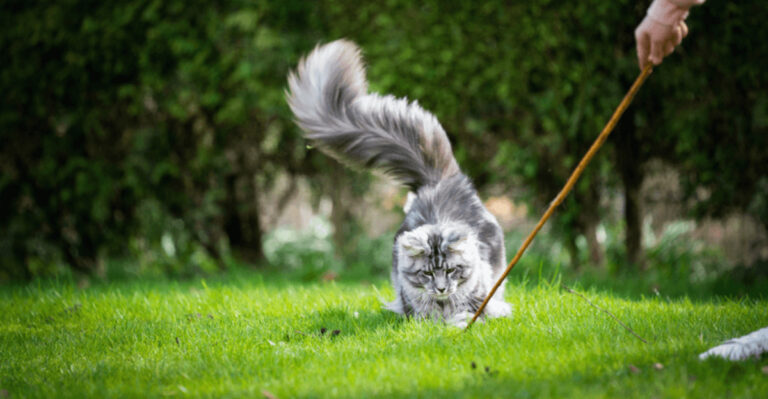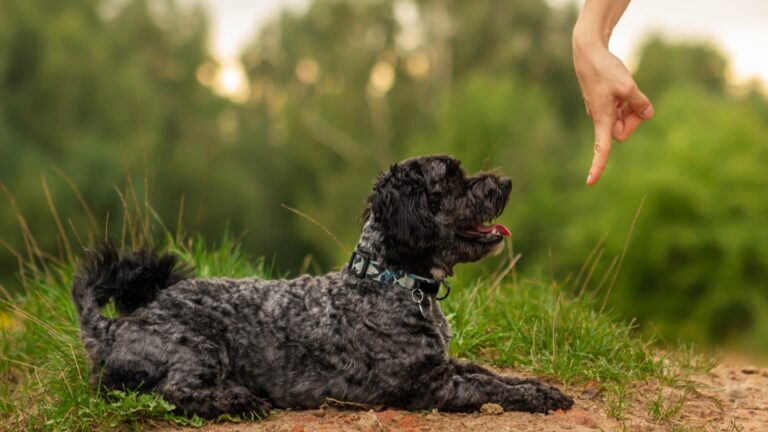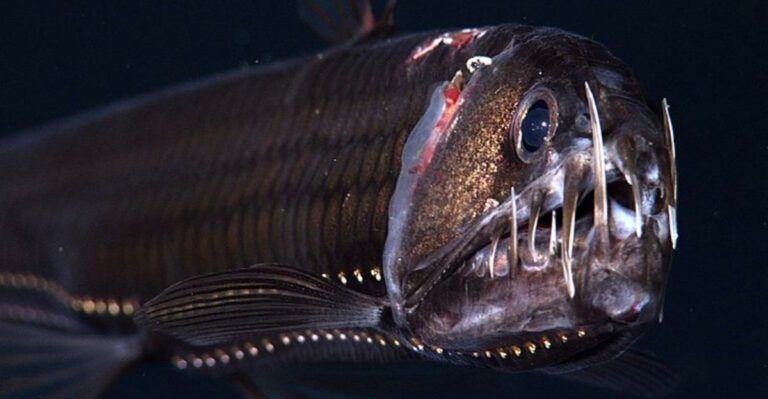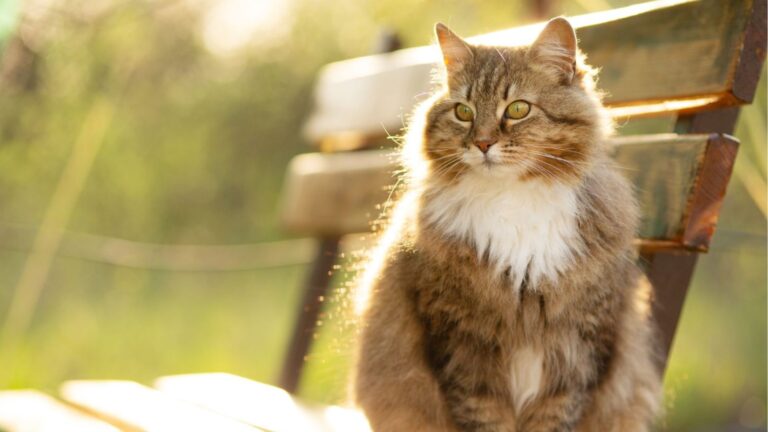14 Gorgeous Labradoodle Colors You Might Not Have Seen Before
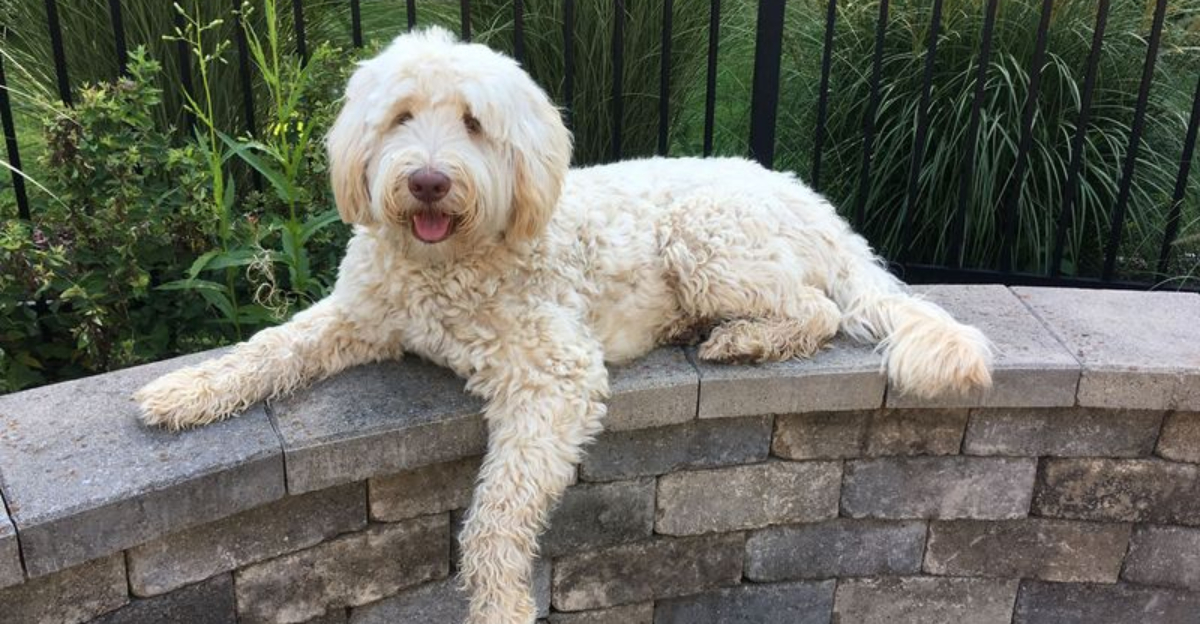
Labradoodles are not just loved for their playful nature and friendly demeanor, but also for the kaleidoscope of colors they come in.
While some hues are more common, there are stunning Labradoodle colors that might just surprise you.
These colors add a unique flair to their already adorable appearance, making them even more charming companions.
1. Silver
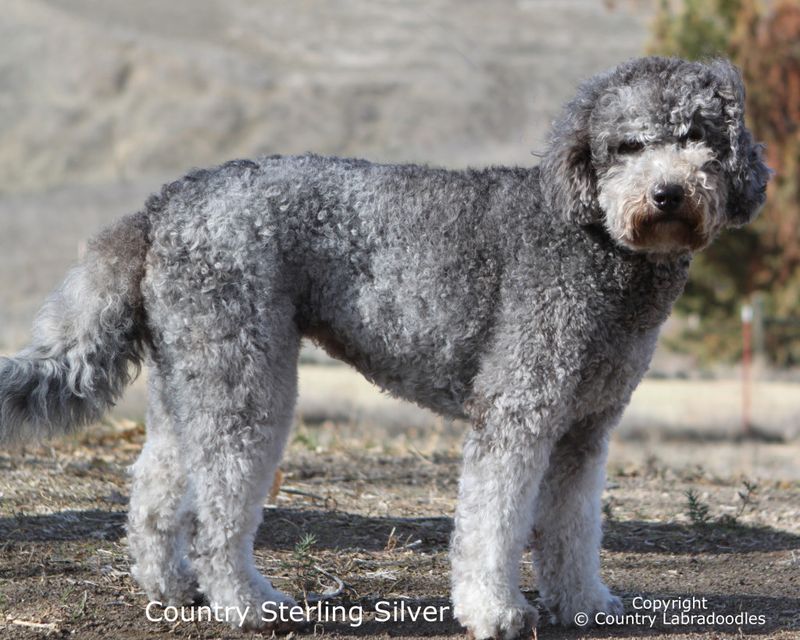
Silver Labradoodles boast a shimmering coat that catches the light beautifully.
Initially, they may appear black, but with age, their fur lightens to a striking silver. This transformation is part of their charm. Younger pups often surprise owners as they gradually reveal their true color.
Their elegant, silvery fur adds an air of sophistication, making them standout pets in any setting. Whether playing outdoors or lounging indoors, their coat glimmers, adding an extra dash of sparkle to your day.
2. Red
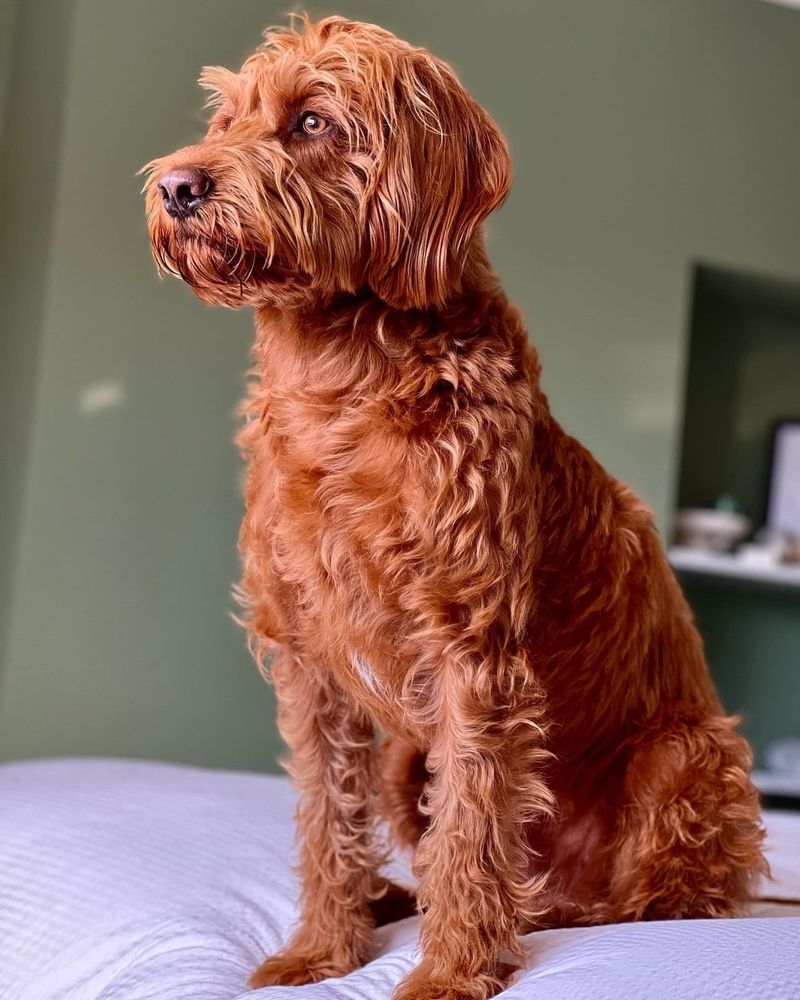
Red Labradoodles are like living sunsets, with coats that range from rich crimson to deep mahogany.
This vibrant hue makes them particularly eye-catching in any environment. Their striking appearance is matched by their energetic personality.
While their color is naturally bold, it’s important to note that regular grooming helps maintain its richness.
These lovable companions bring a warm energy to their homes, making them an ideal choice for those who appreciate both beauty and vivacity in a pet.
3. Parti
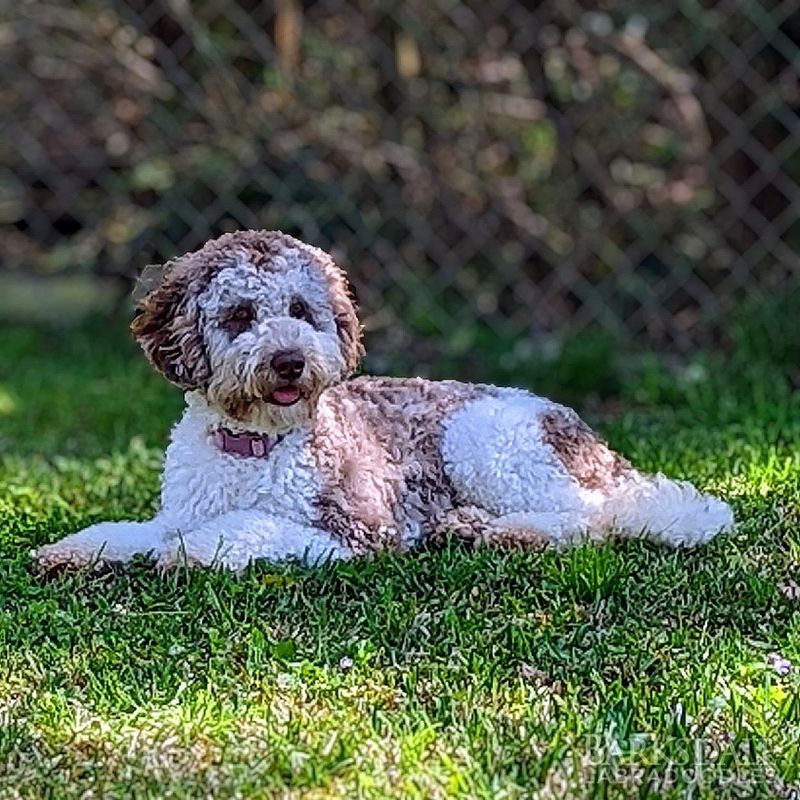
Parti Labradoodles stand out with their unique two-tone coats.
Typically, they feature one primary color paired with white, creating an artistic patchwork effect. This pattern makes each Parti Labradoodle truly one-of-a-kind.
These playful pups often appear as if they’ve been splashed with paint, adding a touch of creative flair to their appearance.
Their striking looks are matched by a dynamic and engaging personality, making them popular conversation starters during walks in the park.
4. Blue
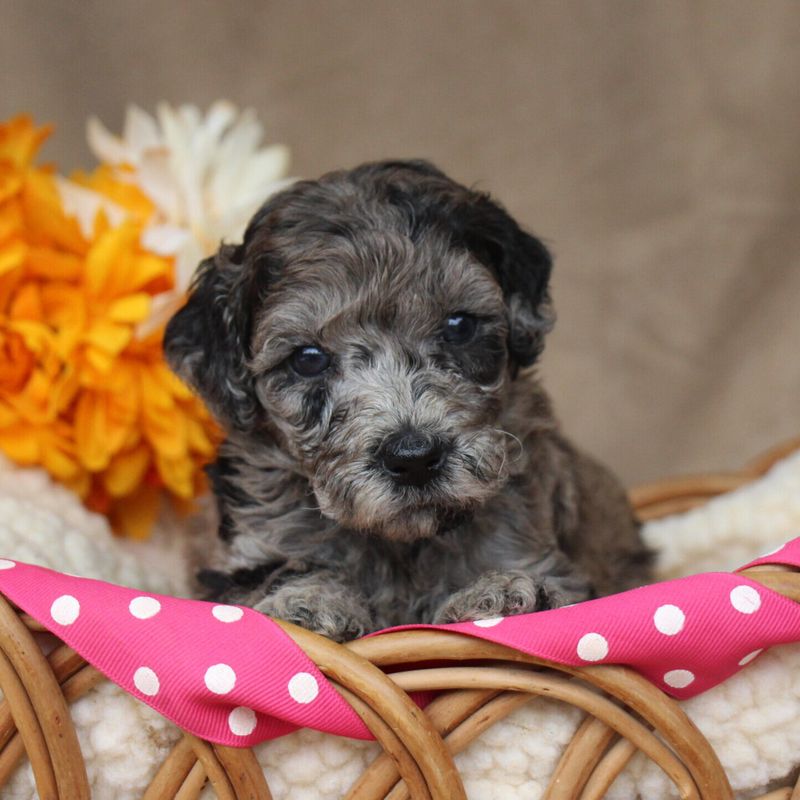
Blue Labradoodles are not actually blue, but their coat has a captivating bluish-gray tint.
This smoky color gives them an aura of mystery and grace. As puppies, their coat might appear black, gradually maturing to this unique shade.
Their distinct color is complemented by a calm yet playful demeanor.
They often seem to mirror the tranquil blues of the sky and water, making them perfect companions for peaceful outdoor adventures or relaxed indoor cuddles.
5. Caramel
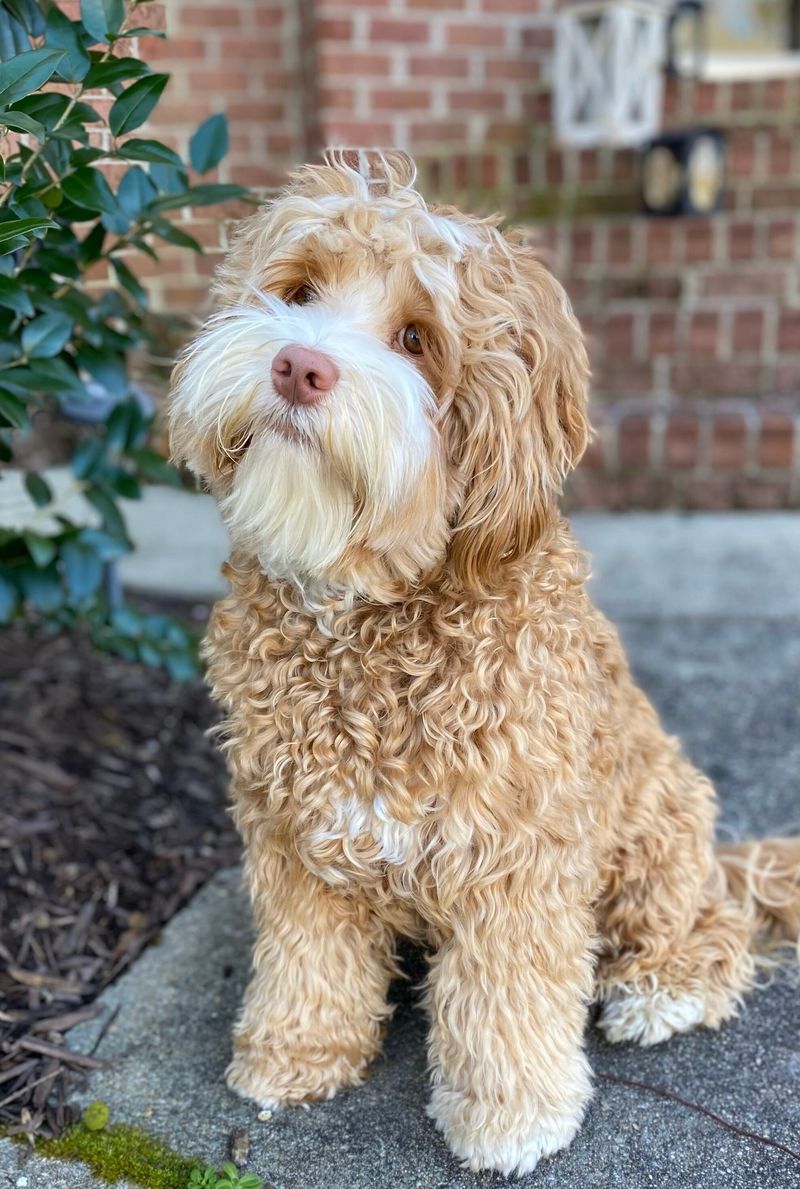
Caramel Labradoodles sport a luscious coat reminiscent of creamy desserts.
This sweet shade ranges from light beige to deep golden caramel, making them irresistibly cuddly. Their warm color exudes coziness and warmth.
Owners often find joy in their Labradoodle’s delightful appearance, which pairs well with their affectionate nature.
Regular grooming enhances their coat’s natural sheen, allowing their sweet personality to shine as brightly as their appearance. Perfect for snuggles and playtime alike!
6. Chocolate
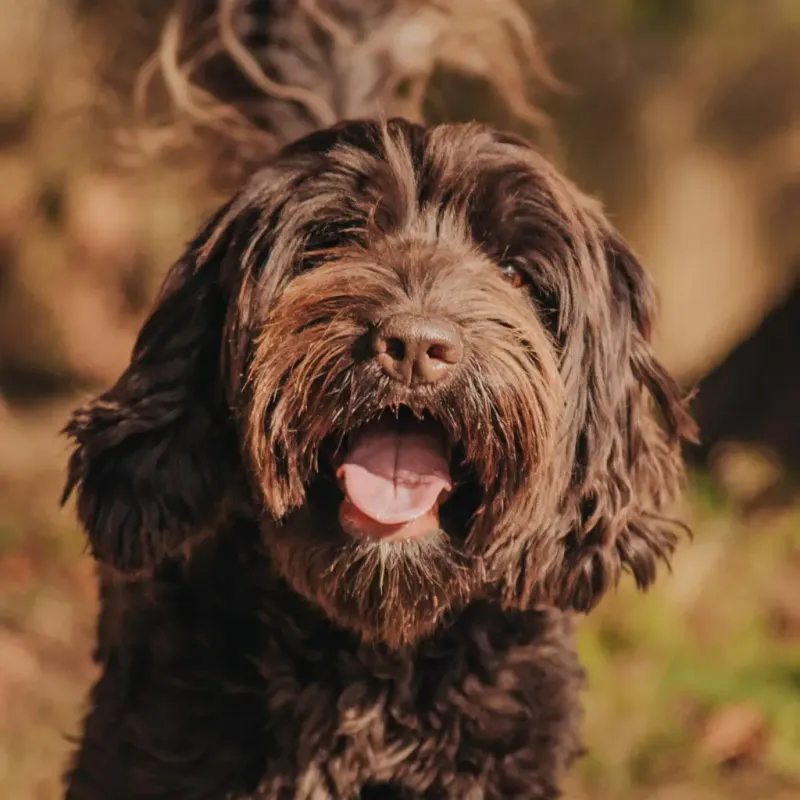
Chocolate Labradoodles are a treat for the eyes, with a deep brown coat resembling rich cocoa. This classic color is a favorite among many, providing a timeless charm. Their fur often feels as luxurious as it looks.
These delightful dogs have a friendly, loving nature, perfectly complementing their sweet appearance.
Whether in the comfort of home or exploring the outdoors, they bring joy to every moment. Regular grooming helps maintain their rich, velvety coat, highlighting their irresistible charm.
7. Liver
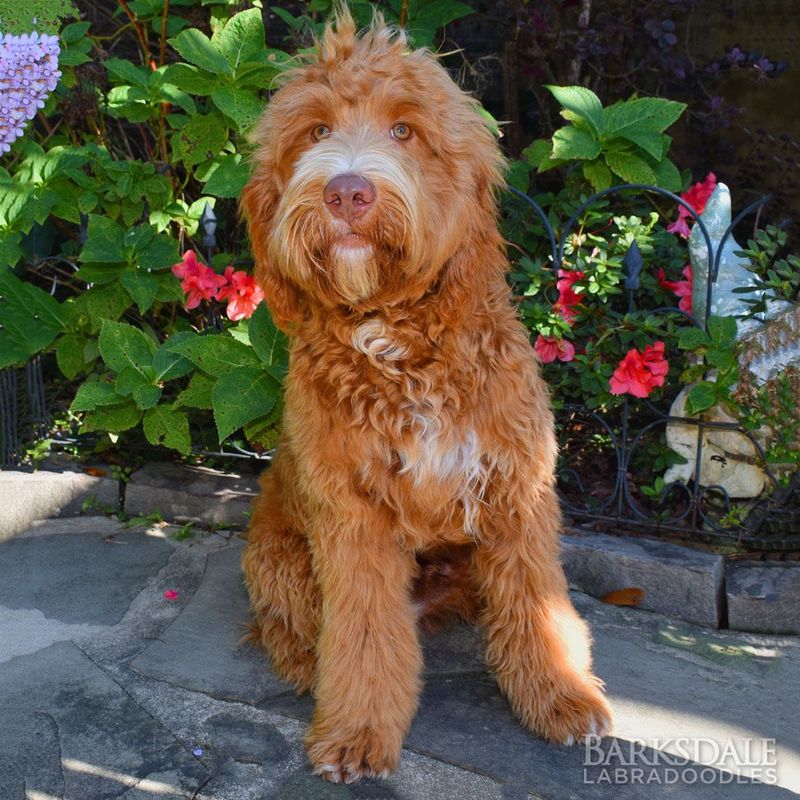
Liver Labradoodles possess a unique earthy hue, different from the typical brown.
This deep shade adds a touch of the wild to their look, reminiscent of nature’s raw beauty. It’s a color that stands out and commands attention.
Their distinctive coat pairs with a robust and energetic personality, making them ideal for those who love outdoor adventures.
Regular grooming enhances their natural beauty, ensuring they remain stunning companions in any environment.
8. Sable
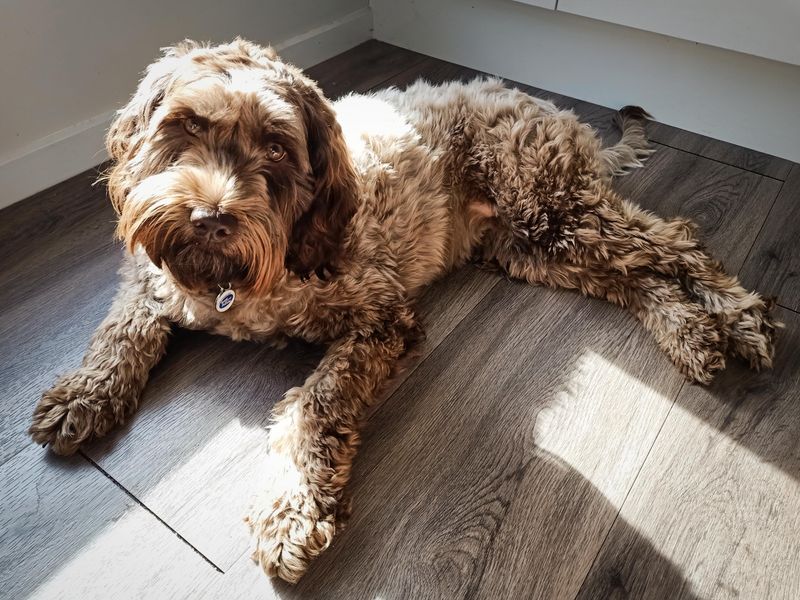
Sable Labradoodles are known for their intriguing coat, which features a blend of dark and light strands.
This gives them a shadowy appearance, as if they’re highlighted by nature itself. Their color often shifts subtly with age, adding to their allure.
This fur pattern is not only eye-catching but also adds depth to their overall look.
Paired with their lively and curious nature, Sables make for fascinating companions. They bring a touch of mystery and magic wherever they go.
9. Apricot
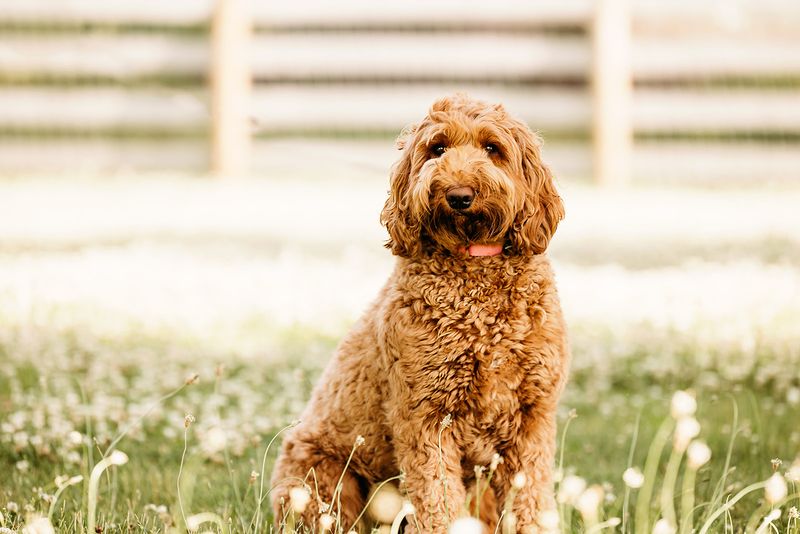
Apricot Labradoodles wear a coat as delightful as ripe fruit. Their warm, peachy hue adds a cheery vibe to any home. This color ranges from light peach to deep apricot, offering a spectrum of sunny shades.
Their vibrant coat matches their friendly temperament, making them perfect family pets. Regular grooming keeps their fur fresh and lively, ensuring they always look their best.
These Labradoodles are sure to brighten your day with their sparkling appearance and joyful antics.
10. Chalk
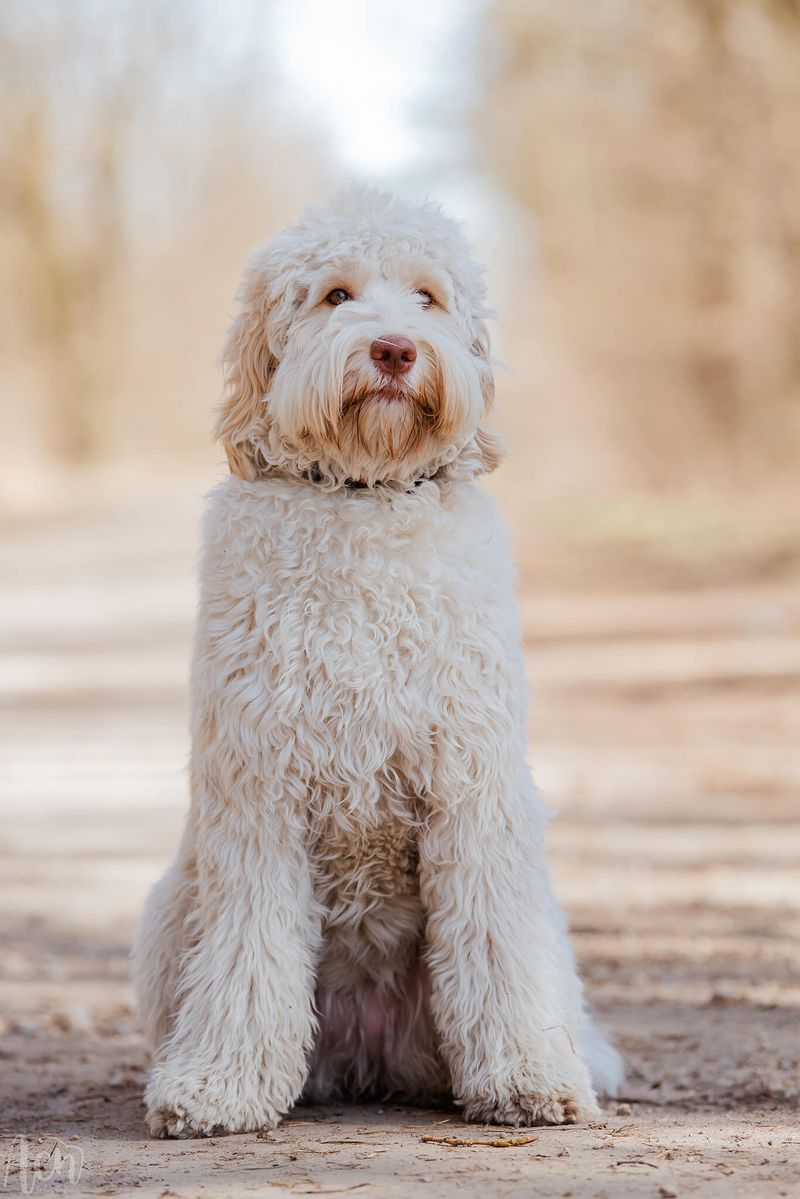
Chalk Labradoodles have a pristine white coat that exudes elegance and purity.
This soft, clean color highlights their features, making them resemble fluffy clouds. Their fur requires regular care to maintain its pure, snowy appearance.
Despite the color’s simplicity, these Labradoodles stand out in any setting.
Their charming personality is as bright as their coat, making them delightful companions. They add a touch of class to everyday life, whether at home or on outings.
11. Merle
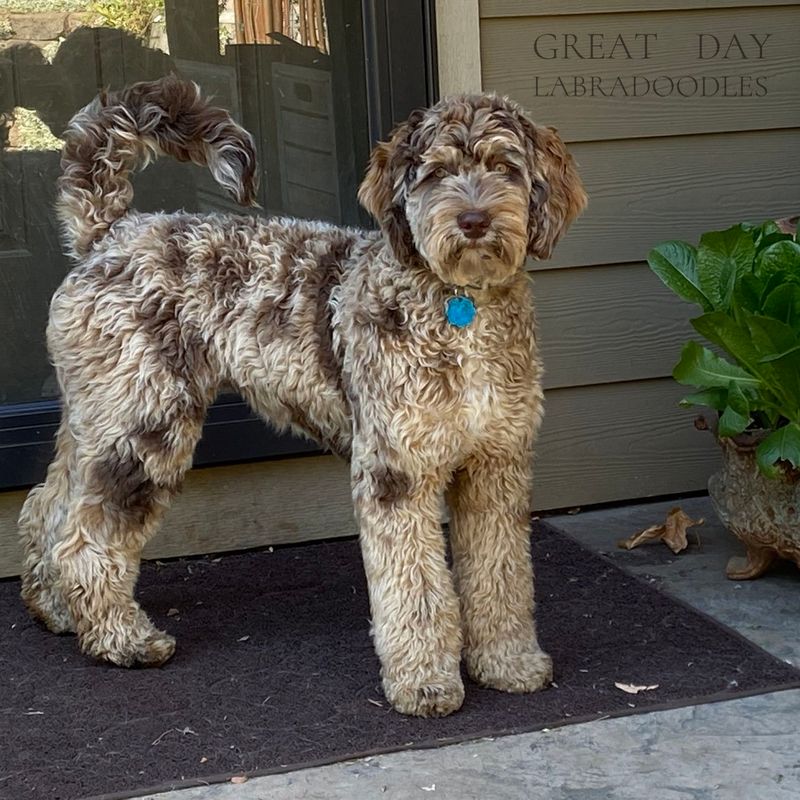
Merle Labradoodles are nature’s artwork, with coats that look like a painter’s canvas.
The mottled mix of colors, often including gray, black, and white, creates an eye-catching and unique pattern. Each Merle is truly one-of-a-kind.
Their artistic appearance is accompanied by an equally vivid personality.
These dogs are lively and engaging, making every day feel like an adventure. With regular grooming, their coat remains strikingly beautiful, celebrating their natural artistry.
12. Cream
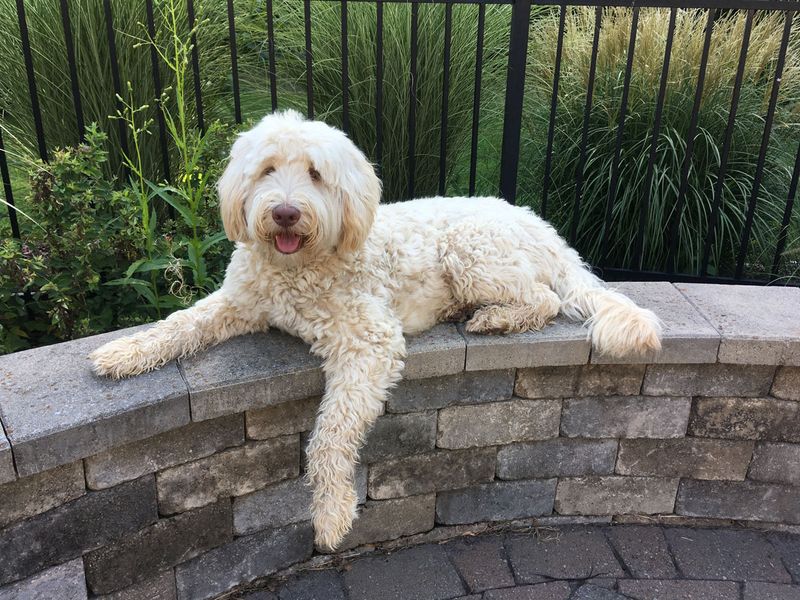
Cream Labradoodles have a soft, buttery coat that is both soothing and inviting.
This gentle hue creates an aura of peace and comfort, perfect for cozy companionship. Their appearance is as sweet as their temperament.
These Labradoodles blend effortlessly into both modern and traditional settings, complementing any decor style.
Regular grooming helps maintain their coat’s silky texture, ensuring they remain irresistibly cuddly and charming companions at all times.
13. Black
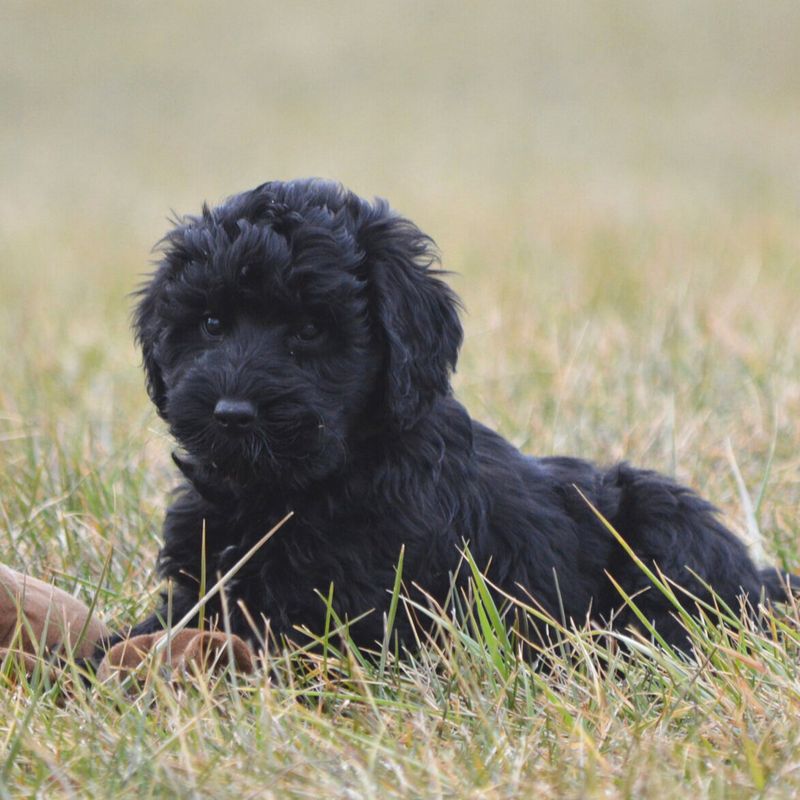
Black Labradoodles are the epitome of classic elegance. Their glossy coat shines with a deep, rich color that captures the essence of timeless beauty. This color is both versatile and striking, suitable for any setting.
Their sleek appearance is matched by their affectionate and playful nature, making them beloved pets.
Regular grooming keeps their coat in top condition, allowing them to shine. These Labradoodles add a touch of sophistication and charm wherever they go.
14. Café
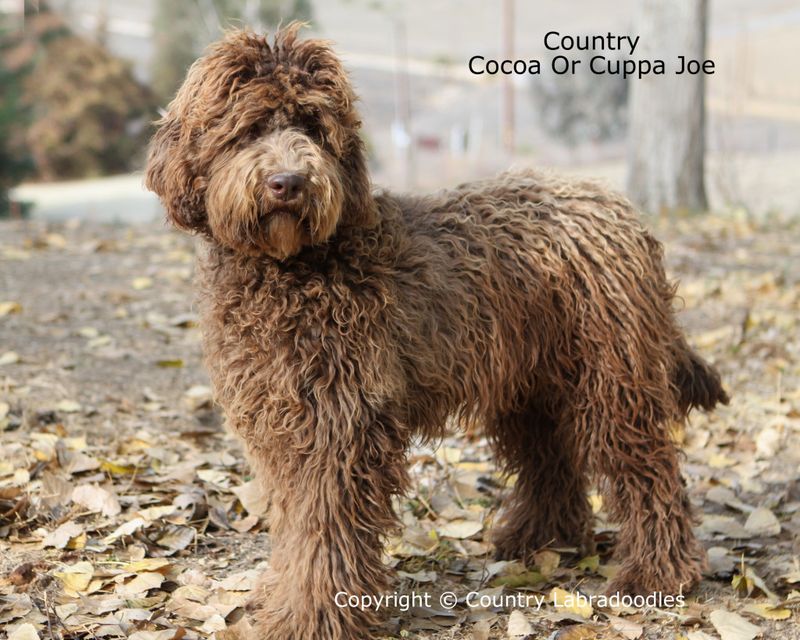
Café Labradoodles resemble a frothy cappuccino, with coats that blend light brown and cream. This delightful mix creates a cozy, warm atmosphere, reminiscent of relaxing in your favorite coffee shop.
Their unique color complements their easygoing and friendly nature, making them perfect companions for social settings.
Regular grooming highlights their coat’s beautiful hues, ensuring they always look their best. These Labradoodles bring a touch of comfort and joy to any gathering.



